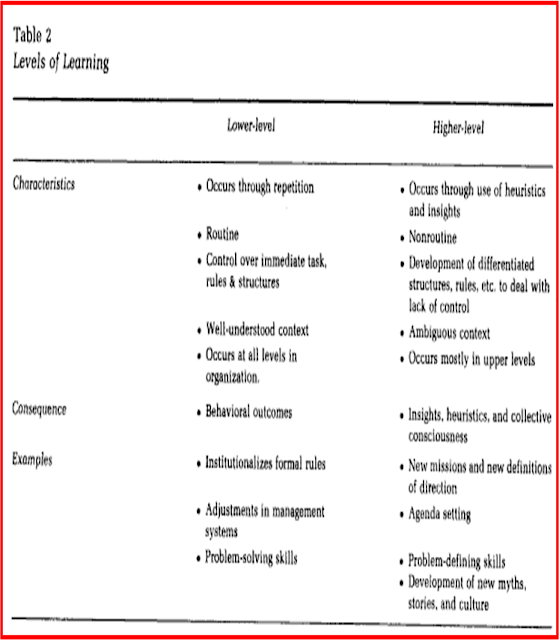Retrieved from May 2011: http://mividaen20kg.blogspot.com/2008/10/para-los-musulmanes-la-religin-esta-por.html
Retrieved from May 2011: http://www.makesplash.com/wp-content/uploads/2009/10/religion-symbols-religious-thumb1139037.jpg
RELIGION, or at least religious inquiry, is something that virtually all humans have in common. In all corners of the world and in all eras of history, people have wondered about the meaning of life, how to make the best of it, what happens afterwards, and if there is anyone or anything "out there."
The religion and business won't change the view of an economy looking for sustainability, because there are other factors influencing such a type of economy nowadays.
The Capitalism can be cosiderered as a new rite of worship, where everyone try to get inmediate satisfaction to their individual needs, even though these needs are not satisfied: everyday people want for more and more, because that is the idea of this economic system: spend and waste, and to achieve this it was necessary to create needs.
On the other hand, is imposible to imagine a world without religion, because religious beliefs are necessary for people to move on in the society. It mean, it is really hard to think about a world where people try to get their individual needs, because it will simply not be sustainable. People with selfish interests would create a struggle for power, which at the end would cause an imbalance between them.
Religion and economic/political interests influence each other and create stereotypes. In that sense, interests can influence religion to be according to the ongoing trend of consumption and waste. That is why religions have become a business for many people, and actually that business is really profitable.
In addition, Religion influences economic/political interests when, for example, a state is guided by some precepts according to religious beliefs in the country, which at the end shape the economic or political system of a country, people's way of acting, perceptions, and creates stereotypes, which at the end can boost or stagnate systems.
What is the dominant religion in Colombia? What are the religious implications for doing business here? Give examples.Christianity is the dominant (and oficial) religion in Colombia, even, until 1991 was the only religion recognized by the Colombian State in its constitution.
Today remains the official nation's religion, but the current National Constitution recognizes (and respect) the other beliefs, cults and rituals of the people (other religions).
The Catholic Church (Christianity) plays an influential role in Colombian society. For example, in decisions, diferent situations, circumstances, events and other important issues for the country, the Church is consulted and even make decisions that can influence.
A good example, well recognized by all the world, is the mediating role that Church plays in the dialogues and processes for release of hostages by the FARC.
For these and many more reasons, Christianity (Catholicism) significantly influences the destiny of Colombia.
Today remains the official nation's religion, but the current National Constitution recognizes (and respect) the other beliefs, cults and rituals of the people (other religions).
The Catholic Church (Christianity) plays an influential role in Colombian society. For example, in decisions, diferent situations, circumstances, events and other important issues for the country, the Church is consulted and even make decisions that can influence.
A good example, well recognized by all the world, is the mediating role that Church plays in the dialogues and processes for release of hostages by the FARC.
For these and many more reasons, Christianity (Catholicism) significantly influences the destiny of Colombia.
SOURCES:
Notes of class
Hartman, L. and Werhane, P. (2009). The Global Corporation: Sustainable, Effective and Ethical Practices-A Case Book. Routledge, New York. Chapter 5 , Pp. 168-181. (Islamic Banking and Finance - Moral beliefs and Business practices at work).
ReligionFacts, "Just the facts on Religions".











